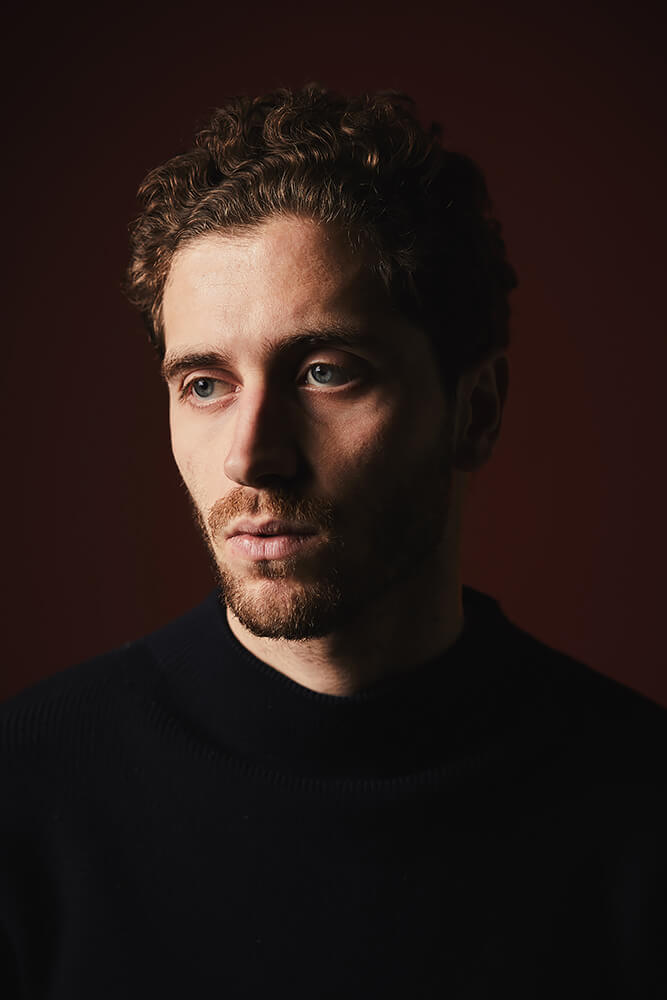Théo Saffroy is a 27-year-old French photographer based in Paris.
He is settled in France after years living abroad in Mexico, Sweden, and Belgium. In 2016, after he got his degree in Business Administration, he created a documentary project and led a 25.000 kms motorcycle journey in South America to work on native communities such as the Mapuche, the Quechuas and the Yaneshas. Back in France after 8 months on the road, he made his first exhibition and became professional. He has been part of Hans Lucas Studio since 2019. He is both a documentary photographer and brand content creator.
His documentary work focuses on the human being and questions notions of identity, memory, and transmission. He is particularly interested by the link between people and their traditions and seeks to document isolated and singular lifestyles all around the world.
Besides, he is a content creator for innovative brands. He is specialized in portraiture and report as a photographer and filmmaker.
Theo's work has been published in French press such as L'Equipe Magazine, Fisheye Magazine, Paris Match, Le Figaro, Courrier International, Marianne, L'Obs, France Info.
